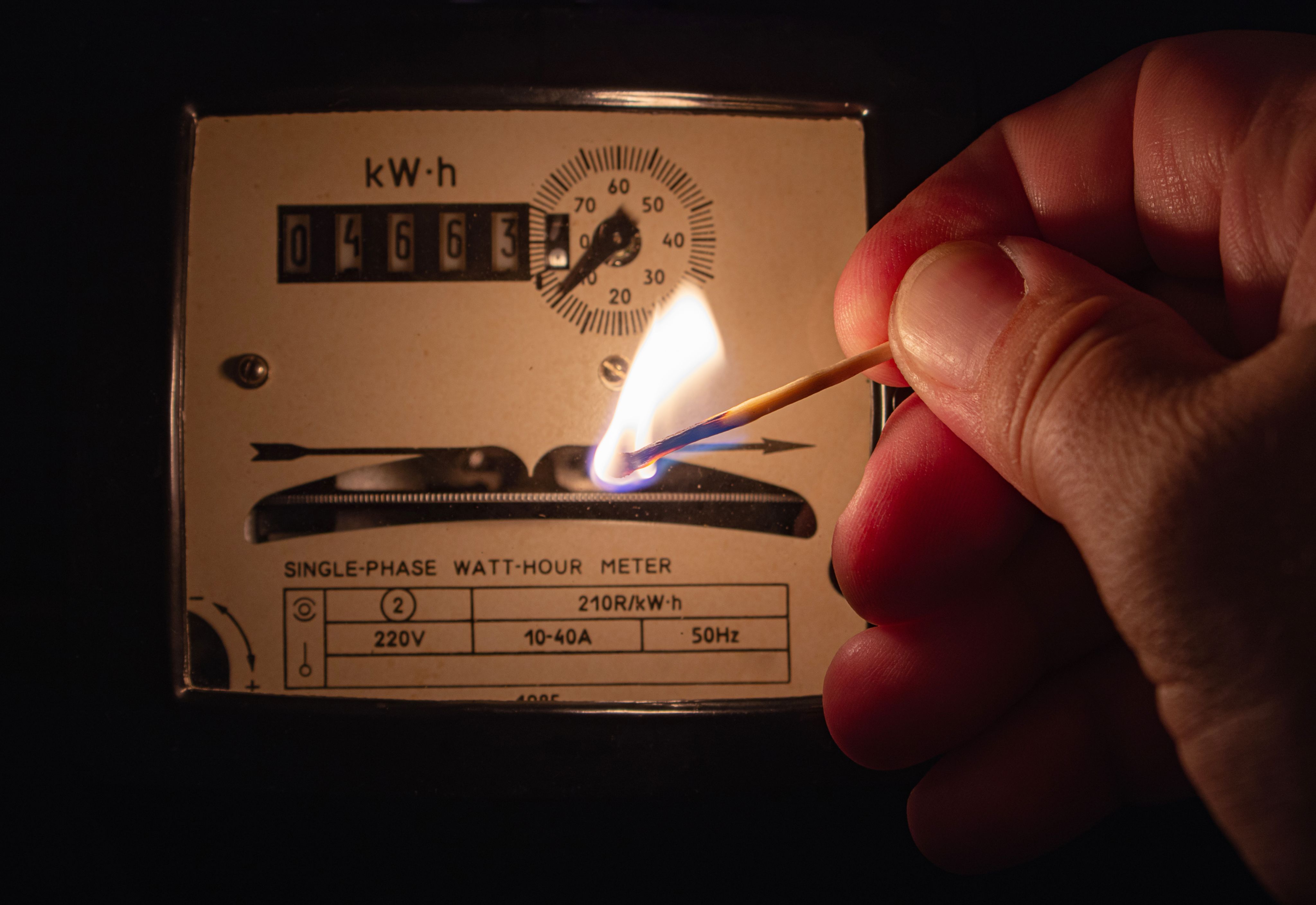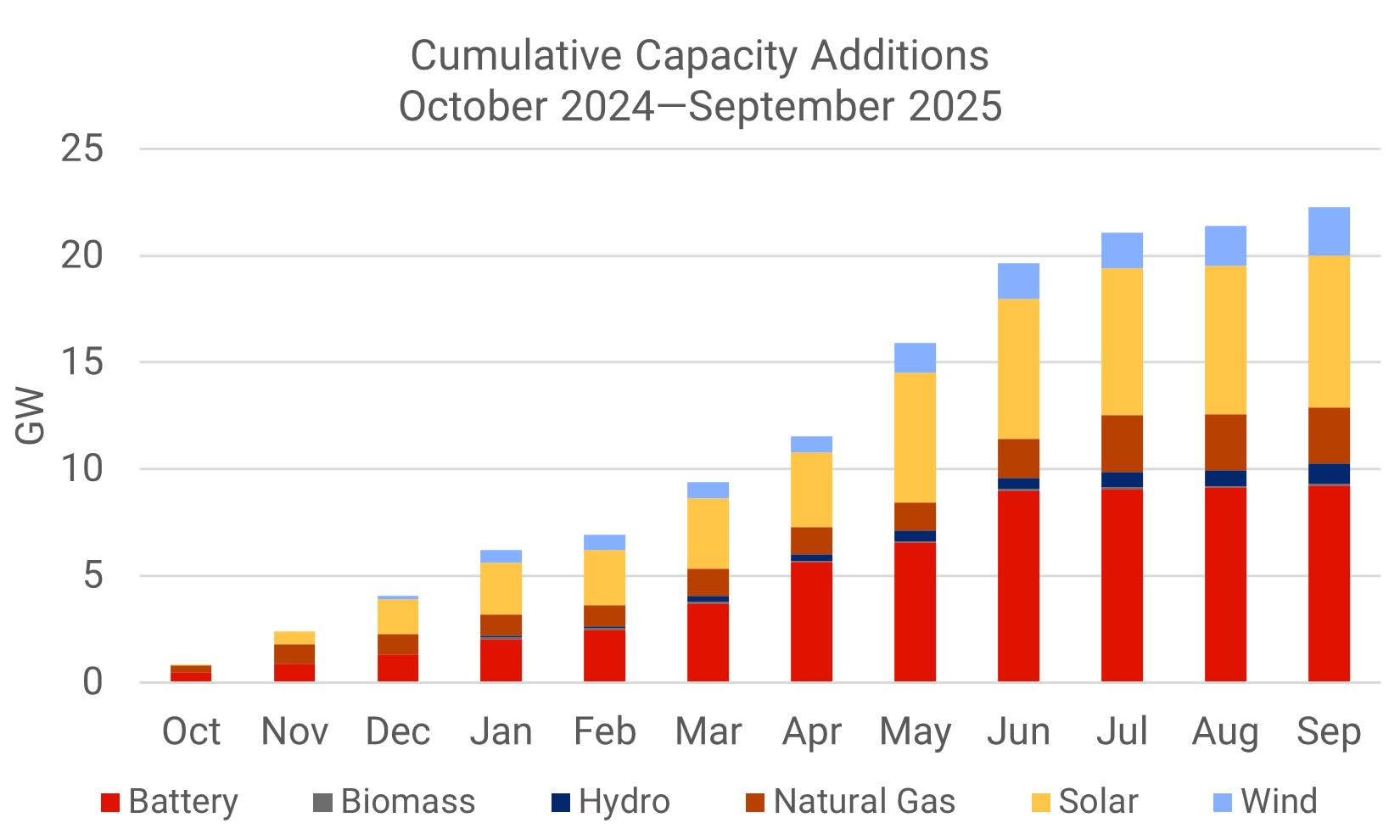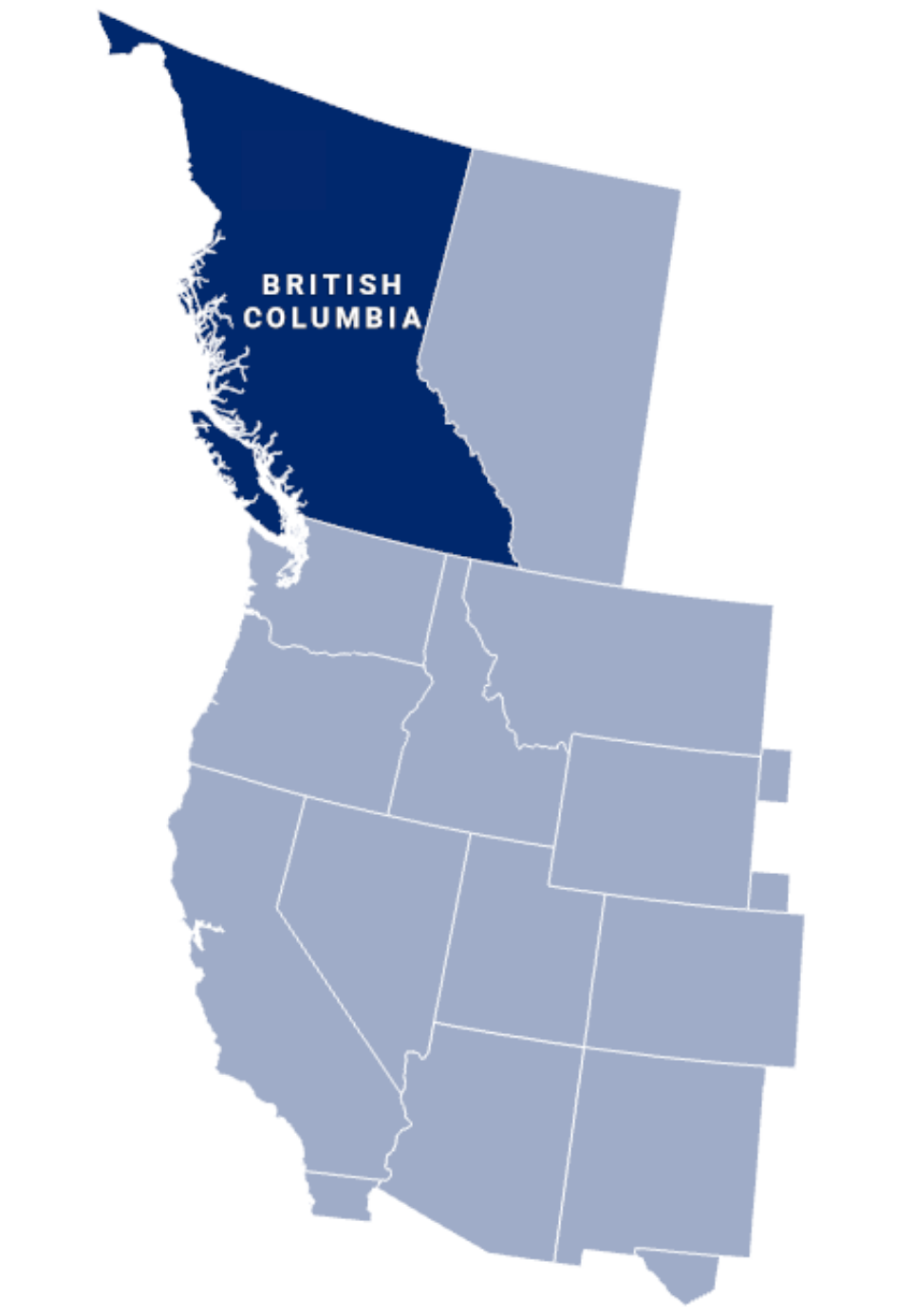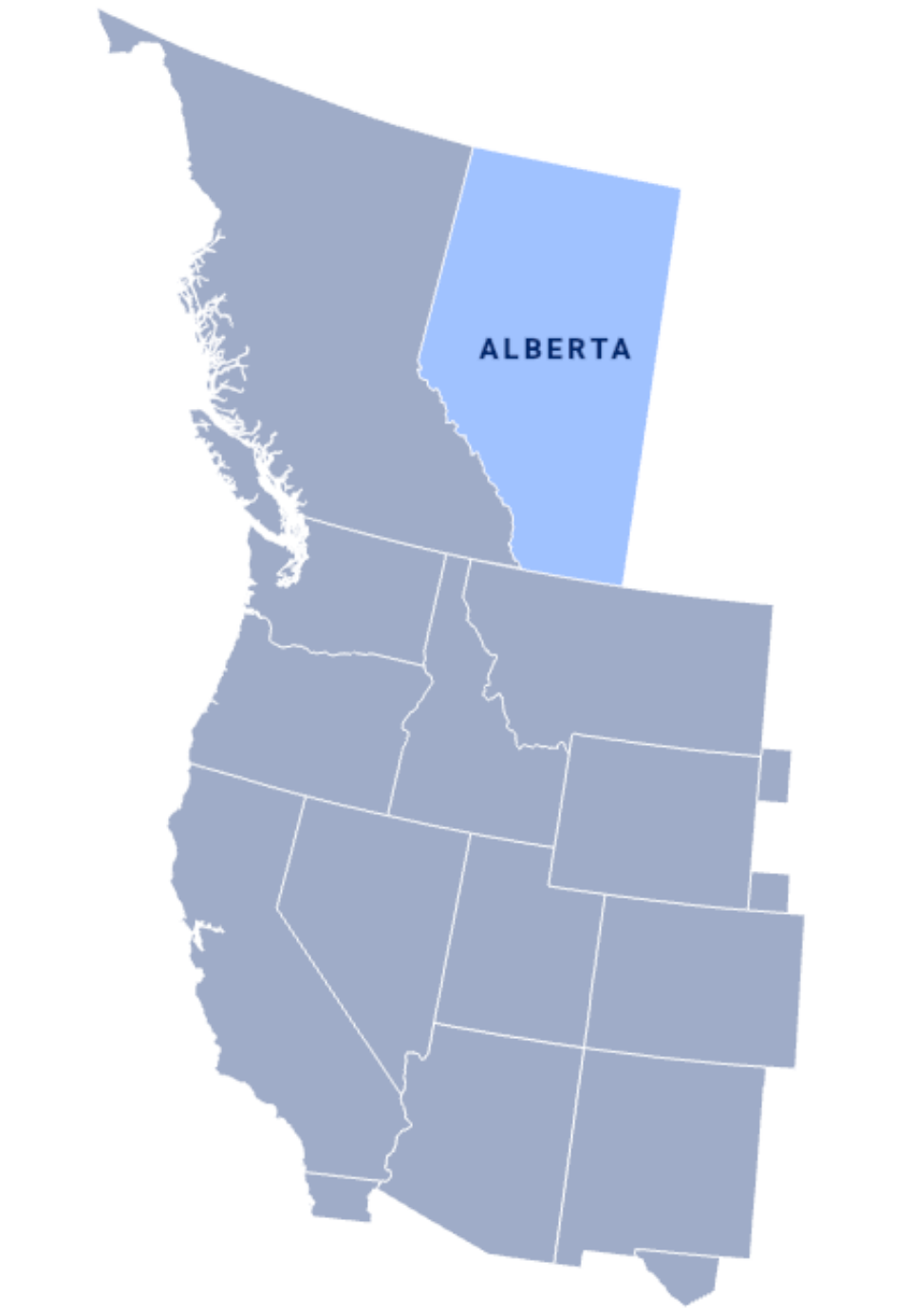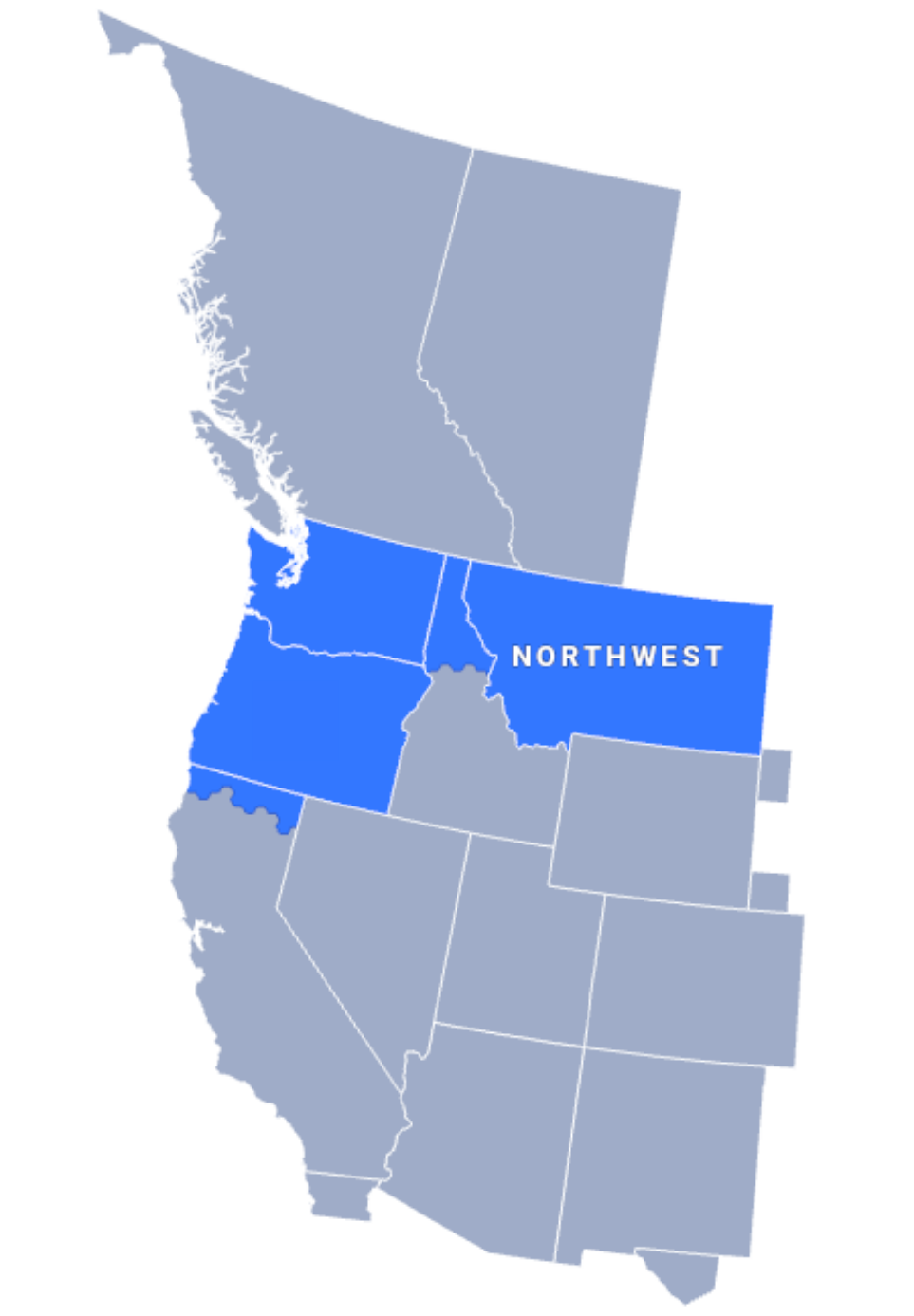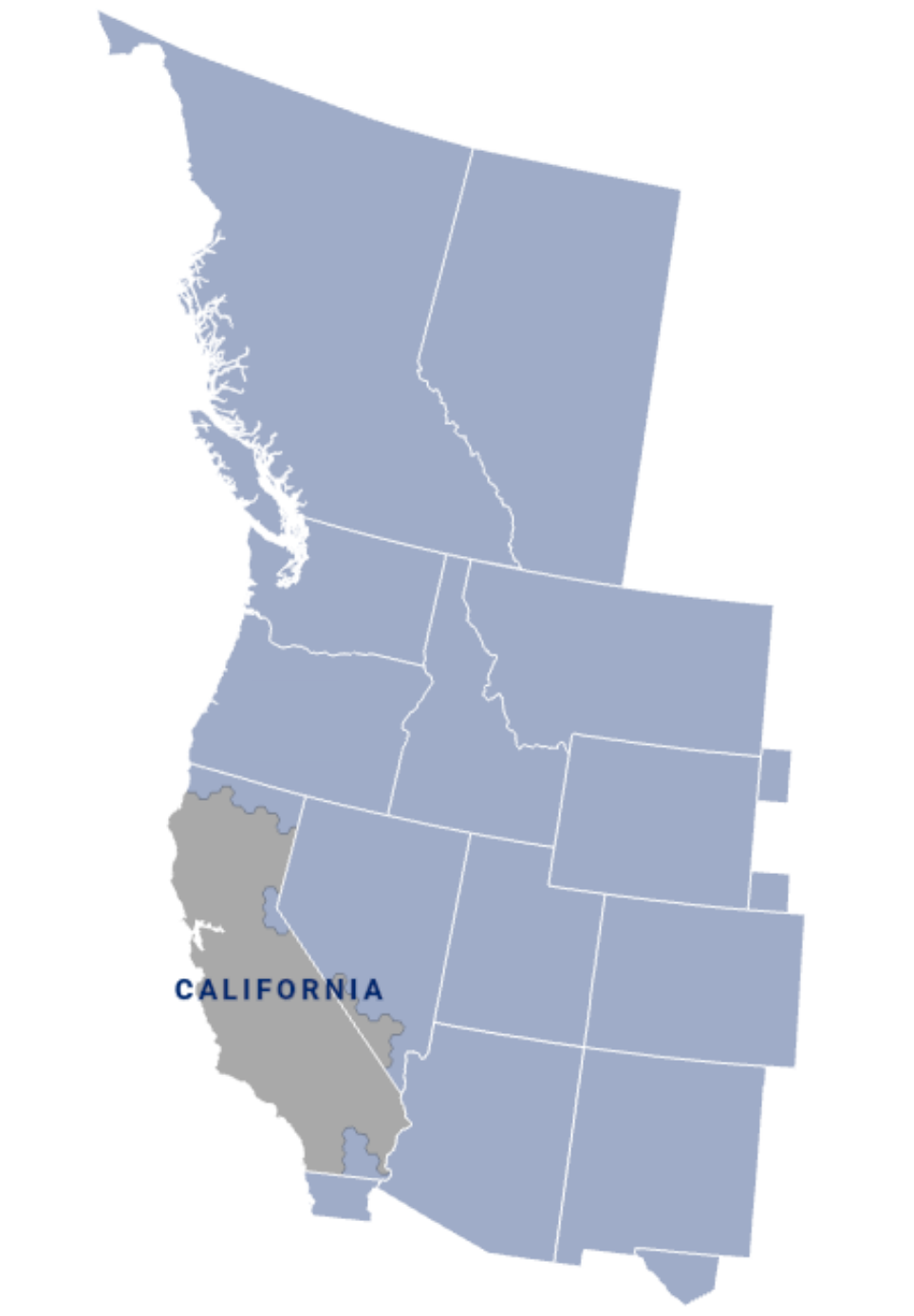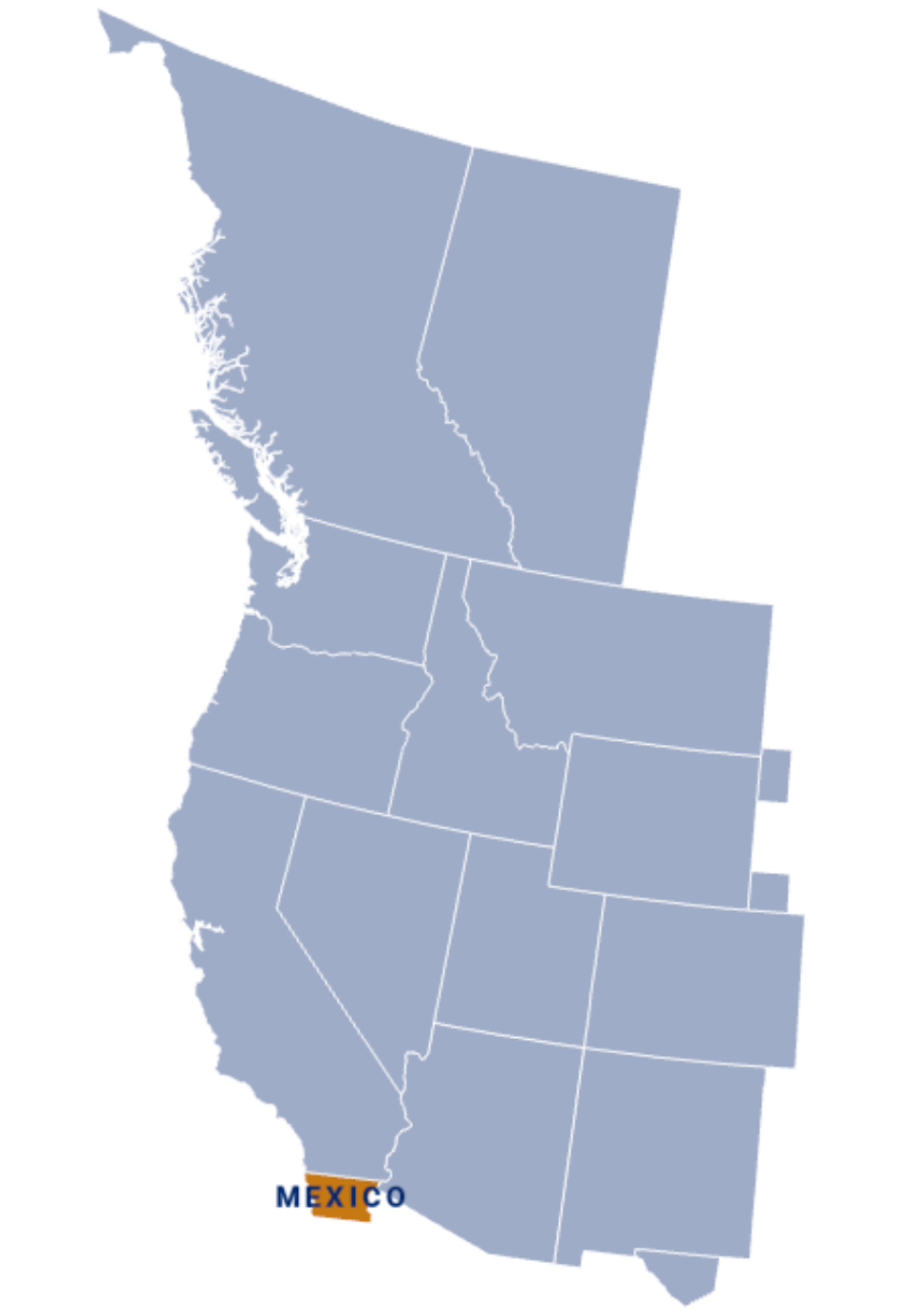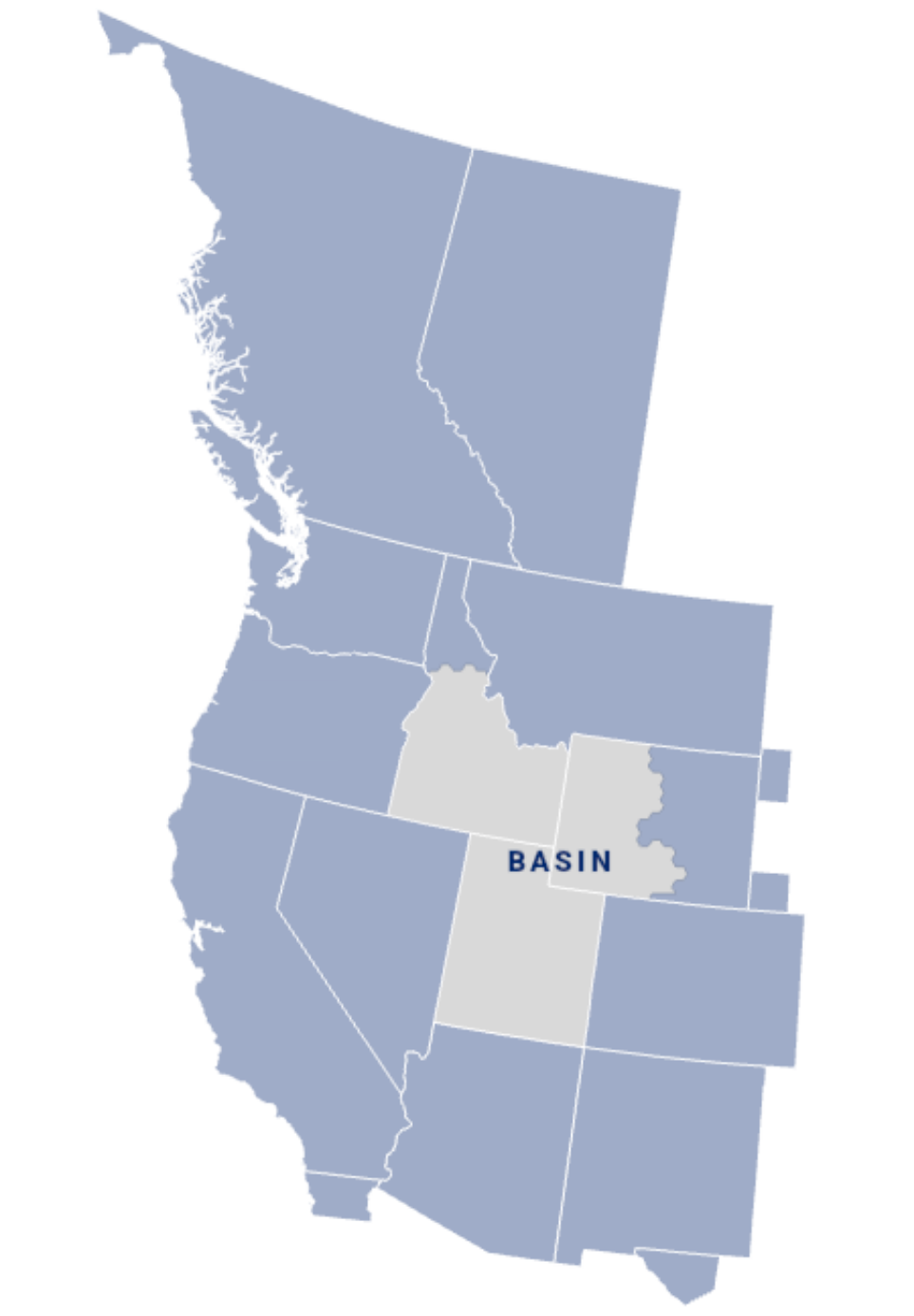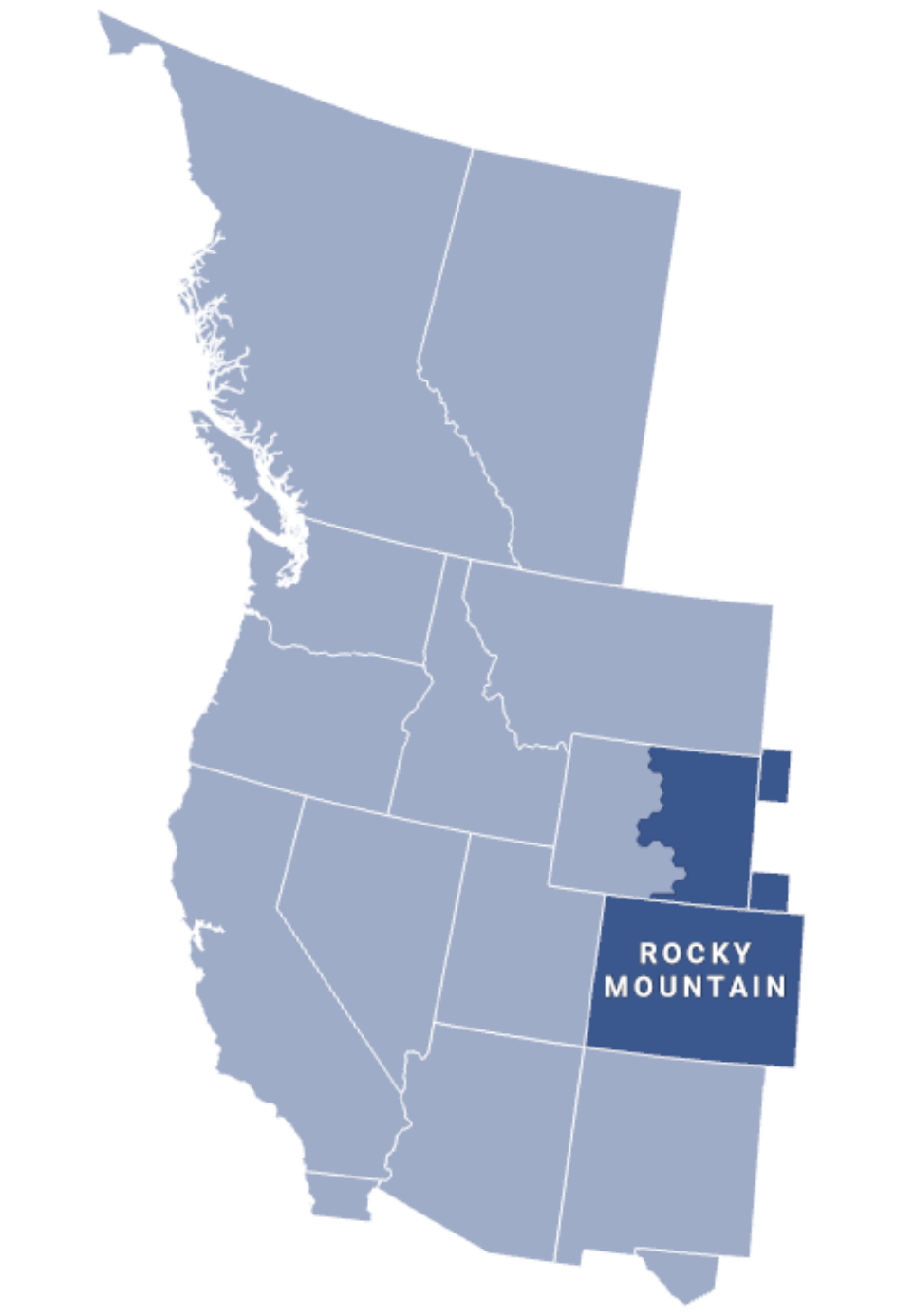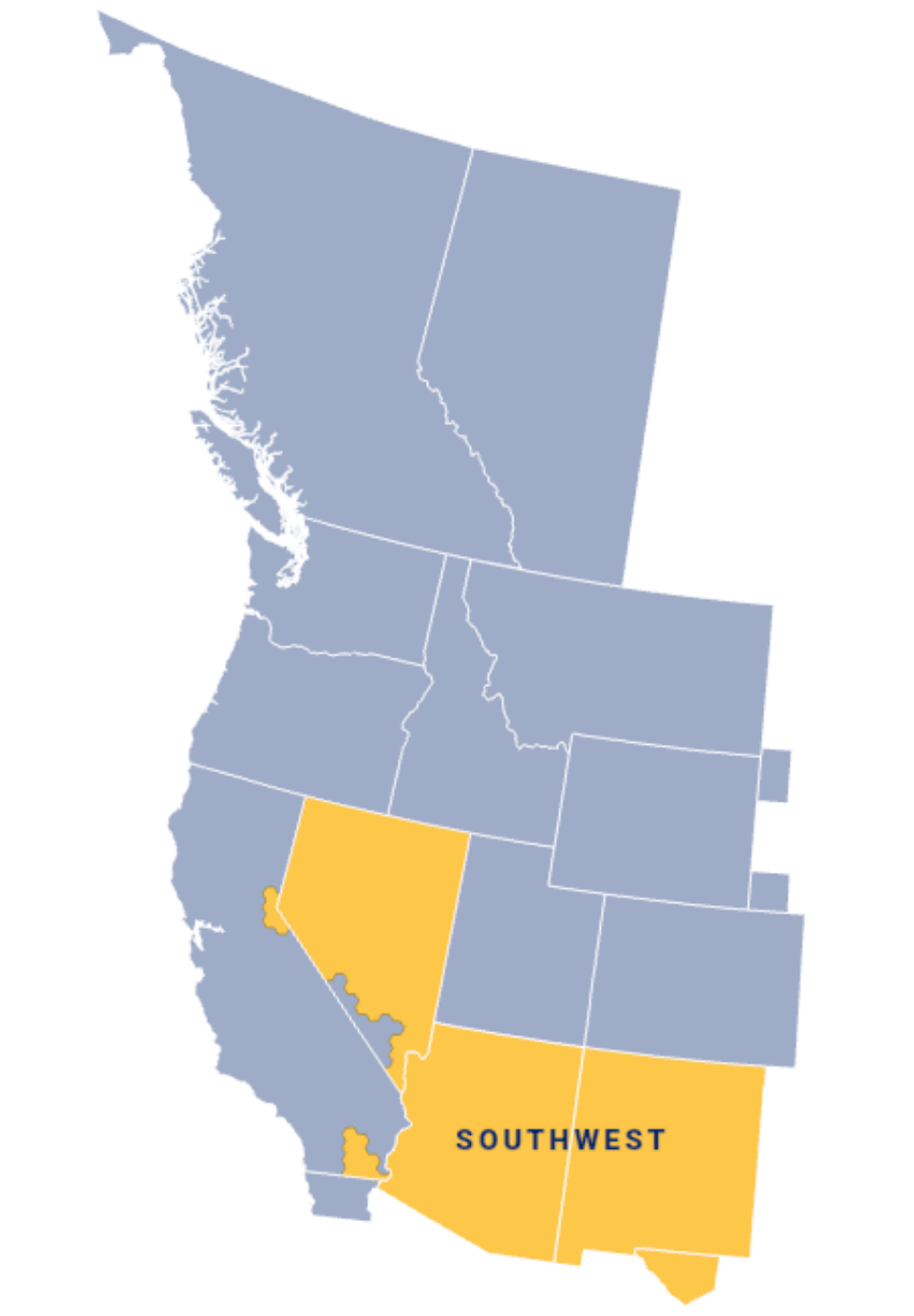2025 Summer Reliability Overview:

This is an overview of conditions affecting the 2025 summer operating season and high-level findings from the NERC Summer Reliability Assessment specific to the Western Interconnection.
- Overall, the West is forecast to be hotter and drier than normal, with drought conditions persisting over large parts of the interconnection and developing in others.
- The number of entities with Public Safety Power Shutoff plans has increased from 16 to 28 in the last year, with more set to adopt the measure.
- The Western Interconnection is anticipated to have adequate resources for normal summer peak load conditions this summer. However, the Mexico subregion has an elevated risk of electricity supply shortfalls during periods of more extreme summer conditions.
- Supply chain disruption may affect new resources that entities plan to use to serve load this summer.
Summer Conditions Affecting the Bulk Power System
Extreme weather and wildfire remain top concerns for the West.
Seasonal forecasts will continue a trend toward hotter and drier conditions.
Extreme Heat
Warmer-than-normal temperatures are forecast for the entire interconnection, and seasonal changes in atmospheric pressure could lead to prolonged, wide-spread heat events. High pressures are expected to create significant issues this year and into next for the West, leading to heat domes, stagnant air advisories, and prolonged dry spells. As high temperatures persist, cooling systems will be strained, and many regions may set new heat records, resulting in sustained elevated demand. The heat waves may reduce thermal generation.
Wildfire
Wildfires remain a potential risk to the interconnection. The location of a wildfire is the determining factor in the risk it poses to bulk power system infrastructure, making prediction difficult.
Heavy spring rains in Northern California and Oregon caused a surge in vegetation growth that may fuel wildfires.
Wildfire risk is increasing in the Rocky Mountains where years of bark beetle infestation have left behind vast areas of dry or dead vegetation.
Drought
Drought conditions are forecast to persist over large parts of the interconnection. Reduced precipitation in the northern half of the Western Interconnection is expected to create new drought conditions in Montana, Idaho, and Canada.
Below average snowpack in some parts of the West this spring will reduce water availability for hydro generation output.
Public Safety Power Shutoff
High winds and wildfire conditions could lead to more Public Safety Power Shutoffs (PSPS) this summer. PSPS is a preventive measure used by utilities to reduce the risk of wildfires by temporarily cutting off power in high-risk areas. Following a significant increase in PSPS events in 2024, the number of organizations implementing these measures has nearly doubled from 16 to 28. Additional entities are expected to adopt PSPS this year.
Resource Additions and Supply Chain Issues
Resource additions since last summer are expected to lower the risk of energy shortfalls.
- Interconnection-wide, over 6.5 GW of new solar capacity and nearly 7 GW of battery storage have been added since last summer.
- In British Columbia, new hydro is contributing an additional 500 MW in capacity for the summer.
However, supply chain issues could affect new resources scheduled to come online this summer. Approximately 5 GW of new generation are expected to come online June through September this year. Delays in those resources could affect resource adequacy.
Subregion Reliability Highlights
Revised Subregions: WECC divides the Western Interconnection into subregions to analyze resource adequacy and reliability risk at multiple levels. This year, WECC adopted new subregional boundaries that reflect a more accurate alignment with operational and planning realities, as well as the footprints of various entities. These new boundaries were used in the SRA.
British Columbia: The peak hour is forecast to shift from 6:00 p.m. to 3:00 p.m. in early August. Spring fires and ongoing drought conditions may lead to another heavy wildfire year for the province. The region has experienced the most acreage burned in the Western interconnection for the last three years. 500 MW of new hydro capacity will help bolster summer operations.
Alberta: Resource margins have improved since last summer with a 23.2% increase in generation capacity, including new natural gas (2.7 GW), wind (1.2 GW), solar (200 MW), and energy storage (54 MW). Wildfire activity levels are already high and likely to persist throughout the summer.
Northwest: In 2024, some parts of the Northwest experienced 18 days of temperatures over 100°F last year. Forecasts for this summer indicate another hot season ahead. The combination of high temperatures, drought, and lightning make wildfires a significant increased risk in the area this summer. Below average snowpack and precipitation may also lead to below average water flows and minimum hydro generation.
California: This subregion is at risk from extreme heat. It experienced its hottest summer on record in 2024, and current seasonal forecasts provide no indication of an end to extreme heat in the state. Drought conditions and high temperatures again position wildfires as a significant threat this summer.
Mexico: Extreme heat is the greatest concern to this subregion. There is an elevated risk of energy supply shortfalls and reliance on imports since operating reserves are a concern during periods of extreme heat and increased demand.
Basin: Building delays ranging from 3 to 12 months may affect new generation and transmission resources planned to come online this summer as well as the maintenance and operation of existing generation and transmission resources. Supply chain issues have affected the connection of new customers.
Rocky Mountain: Summer load increases, combined with reduced market purchase availability, and low wind conditions could make the existing lack of coordinated generation and transmission planning a challenge in this subregion. This leads to heightened operations and reliability risks during the summer months. Wildfires are a growing risk in the region due to ecological factors such as bark beetle epidemics and long-term drought persistence.
Southwest: Delays in resource construction, especially for battery energy storage systems, have arisen due to supply chain and siting issues, with an average delay of six months. Additionally, heat waves pose a heightened regional risk, leading to extended periods of high demand and reductions in thermal generation. The expansive areas affected by heat waves significantly limits import capabilities from surrounding regions.
NERC Summer Reliability Assessment: Western Overview
Each year, WECC partners with the North American Electric Reliability Corporation (NERC) and Electric Reliability Organization (ERO) Enterprise to develop the Summer Reliability Assessment (SRA). This assessment evaluates system resource adequacy and reliability across North America for the upcoming summer season. Below are highlights from that assessment specific to the Western Interconnection.
- Despite continued or worsening climate conditions forecast for summer 2025, the Western Interconnection and each of its subregions are anticipated to have adequate resources for normal summer peak load conditions. However, Mexico has an elevated risk of electricity supply shortfalls during periods of more extreme summer conditions.
- Some entities are relying on generation from new resources that are scheduled to come online this summer. Supply chain issues could delay some of those resources.
- The timing of demand and generation changes remains a top concern. Specifically, the rapid drop in solar generation at sunset that coincides with ongoing or increasing evening demand puts extra pressure on the system. This is especially challenging during extreme heat events.
The Independent Voice of Bulk Power System Reliability in the Western Interconnection





